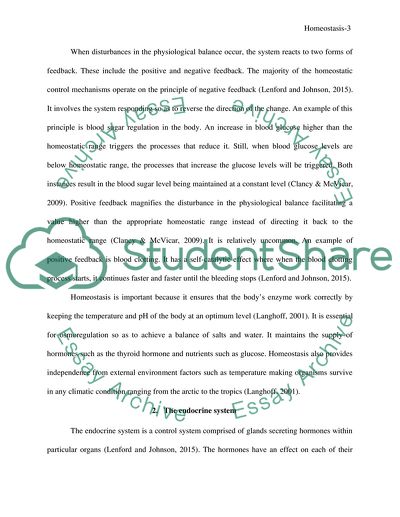Cite this document
(“Physiology and pharmacology for nursing practice Essay”, n.d.)
Retrieved from https://studentshare.org/nursing/1699194-physiology-and-pharmacology-for-nursing-practice
Retrieved from https://studentshare.org/nursing/1699194-physiology-and-pharmacology-for-nursing-practice
(Physiology and Pharmacology for Nursing Practice Essay)
https://studentshare.org/nursing/1699194-physiology-and-pharmacology-for-nursing-practice.
https://studentshare.org/nursing/1699194-physiology-and-pharmacology-for-nursing-practice.
“Physiology and Pharmacology for Nursing Practice Essay”, n.d. https://studentshare.org/nursing/1699194-physiology-and-pharmacology-for-nursing-practice.


